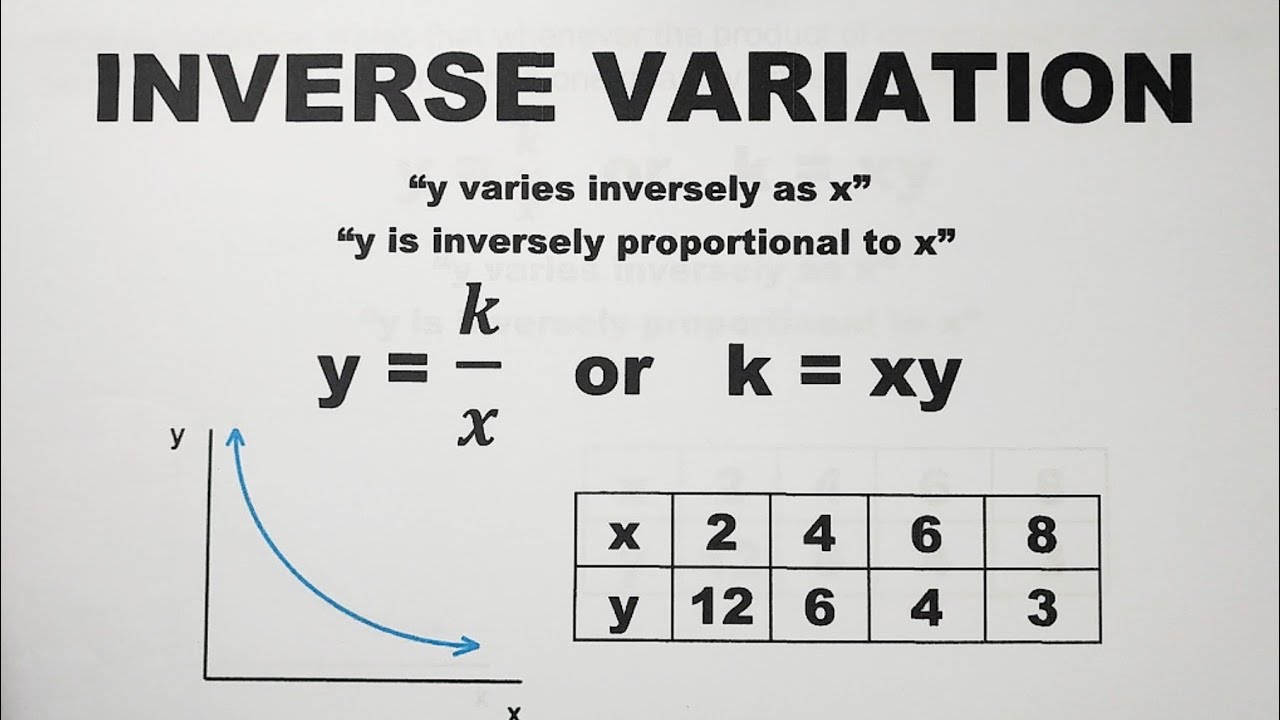Solving Trig Equations with Trig Inverse Functions
Summary
TLDRThis video explains how to solve equations using trigonometric inverse functions. It begins by solving an equation involving cosine and discusses finding multiple solutions for non-unit circle values. The process involves using inverse functions to find the first two solutions, then applying symmetry and the period of the function to find additional solutions. The video also covers more complex examples, including solving for sine with transformed functions. The key takeaway is understanding how to approach equations involving inverse trig functions and how to expand solutions using the function’s period.
Takeaways
- 😀 Trigonometric inverse functions are used to find angles from given trigonometric values.
- 😀 When solving equations involving inverse trigonometric functions, the solutions can often be infinitely many without additional constraints.
- 😀 To get multiple solutions, we need to consider symmetry and the periodic nature of trigonometric functions.
- 😀 For cosine equations, we find two solutions by taking the inverse cosine and also considering the symmetry of the unit circle (subtracting from 2π).
- 😀 When looking for solutions to trigonometric equations, you should add the period of the function (e.g., 2π for cosine) to find additional solutions.
- 😀 For sine equations with a coefficient (like 9sin(2x)=1), divide the equation to solve for the angle before adding the period to find more solutions.
- 😀 The period of a sine function can be modified by the coefficient inside the sine (in this case, a period of π due to the factor of 2 inside sine).
- 😀 It is essential to work with exact values when solving these equations as decimal approximations lose precision and don’t show the step-by-step process.
- 😀 For complicated trigonometric equations, first find two intermediate solutions, and then add the period to find more solutions.
- 😀 Practice with messy, complicated-looking expressions prepares students for more advanced math like calculus, where similar expressions appear frequently.
Q & A
What is the first step when solving the equation 3cos(x) = 2?
-The first step is to isolate the cosine term. You divide both sides of the equation by 3 to get cos(x) = 2/3.
Why is cos(x) = 2/3 not directly solvable using the unit circle?
-Cos(x) = 2/3 is not a value on the unit circle, so we cannot directly find the angle corresponding to this cosine value using special angles from the unit circle.
How do you solve for x when cos(x) = 2/3?
-To solve for x, you take the inverse cosine (cos⁻¹) of both sides, resulting in x = cos⁻¹(2/3).
How do we obtain more than one solution for x when cos⁻¹(2/3) gives only one answer?
-Since cosine is periodic, there are multiple angles that have the same cosine value. To find the second solution, we use symmetry on the unit circle and calculate x = 2π - cos⁻¹(2/3).
What are the first two solutions for the equation 3cos(x) = 2?
-The first two solutions are x = cos⁻¹(2/3) and x = 2π - cos⁻¹(2/3). These represent two angles on the unit circle that share the same cosine value.
What role does the period of the cosine function play in finding additional solutions?
-The period of the cosine function, which is 2π, means that we can add multiples of 2π to the first two solutions to find additional solutions. So, the next two solutions are x = cos⁻¹(2/3) + 2π and x = 2π - cos⁻¹(2/3) + 2π.
How do we simplify the expression for the fourth solution?
-To simplify the fourth solution, we combine the two 2π terms, resulting in 4π - cos⁻¹(2/3). This gives a cleaner final expression.
In the second example, why do we divide by 2 after solving for 2x in the equation 9sin(2x) = 1?
-We divide by 2 to isolate x since the equation was initially in terms of 2x, and we need to find the solutions for x, not 2x.
What is the significance of the angle 'theta' in the inverse sine calculation for the equation 9sin(2x) = 1?
-The angle 'theta' is the output of sin⁻¹(1/9), which gives the first solution for 2x. To find another angle with the same sine value, we use symmetry and calculate π - theta.
How do we handle the period of the sine function in the equation 9sin(2x) = 1?
-The period of the sine function in this case is not 2π because the argument of sine is 2x. The period is 2π divided by 2, which equals π. We add π to each of the first two solutions to find the next two solutions.
Outlines

Dieser Bereich ist nur für Premium-Benutzer verfügbar. Bitte führen Sie ein Upgrade durch, um auf diesen Abschnitt zuzugreifen.
Upgrade durchführenMindmap

Dieser Bereich ist nur für Premium-Benutzer verfügbar. Bitte führen Sie ein Upgrade durch, um auf diesen Abschnitt zuzugreifen.
Upgrade durchführenKeywords

Dieser Bereich ist nur für Premium-Benutzer verfügbar. Bitte führen Sie ein Upgrade durch, um auf diesen Abschnitt zuzugreifen.
Upgrade durchführenHighlights

Dieser Bereich ist nur für Premium-Benutzer verfügbar. Bitte führen Sie ein Upgrade durch, um auf diesen Abschnitt zuzugreifen.
Upgrade durchführenTranscripts

Dieser Bereich ist nur für Premium-Benutzer verfügbar. Bitte führen Sie ein Upgrade durch, um auf diesen Abschnitt zuzugreifen.
Upgrade durchführenWeitere ähnliche Videos ansehen

ECUACIONES TRIGONOMETRICAS

Discrete Mathematics Lecture 8 | Domain & Range Of Function | One-One and Onto Function By GP Sir

Menyelesaikan Persamaan Linier dengan Matriks

Trigonometry made easy

Inverse Variation - Constant of Variation and Equation - Grade 9 Math Second Quarter

Inverse Matrices and Their Properties
5.0 / 5 (0 votes)
